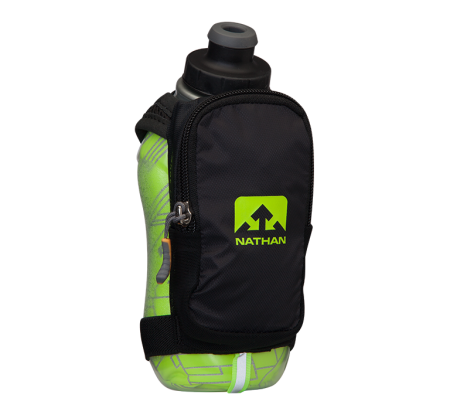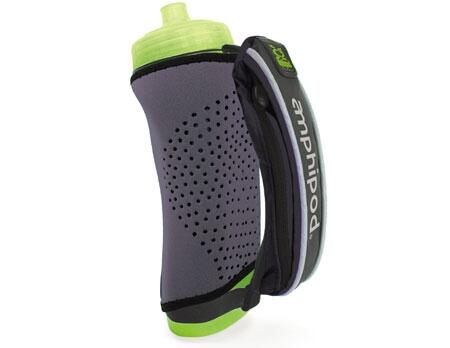How to Stay Hydrated in the Winter While Chicago?s Water Fountains are Out of Commission

Throughout all seasons, dehydration symptoms are the same.
-
Increased thirst and/or a dry mouth
-
Muscle cramps
-
Fatigue and/or sleepiness
-
Headache
-
Decreased urine output and/or a darker colored urine
-
Dizziness and/or feeling faint
-
Dry skin (Pinch a fold of skin together on the back of your hand; if it doesn’t flatten back out within a few seconds, you are probably dehydrated.)
But the cause of dehydration can be different from summer to winter.
Simply put, dehydration occurs when your body loses too much fluid.
When your body loses too much fluid, muscle injuries are more common during exercise and this happens because muscles use fluids and electrolytes to function properly. It also helps your body eliminate toxins and waste materials, making your immune system able to better fight infection.
During warmer months you can track fluid loss easily. You can visibly feel and see fluid loss through sweating, or, you may have a nasty film of salt (sweat) on your skin after a workout. These are obvious indicators that you have lost a substantial amount of fluids and you should hydrate not only during the workout, but constantly, so that you consistently reach the required 8-10 glasses a day.
During the winter months, it’s more difficult to track fluid loss during your workout. This is primarily because sweat vaporizes more quickly in the cold. Combine increased vaporization times with wearing too much cotton clothing, and you may increase fluid loss through sweating even more. Cotton garments can absorb up to 27 times their weight in water. According to the United States Search and Rescue Task Force, "Water conducts heat away from the body 25 times faster than air because it has a greater density. Getting wet and staying wet, even in above-freezing temperatures can rapidly cool your body as a result. We'll give you some cotton alternatives below.
Many factors affect the rate at which the body loses fluid during the winter. Both inside and outside.
Outside
Breathing in cold, dry air increases water loss, because it needs to be warmed and moistened before reaching the lungs. Physical activity in cold weather also increases fluid loss because of heavier and deeper breathing to get acclimated to the weather.
Inside
In wake of the extreme cold recently, scientist Karen James fired off a thread of tweets explaining how cranking up the heat inside your own home can lead to dehydration.
Let’s say it’s 10°F with 70% humidity outside. That doesn’t sound too dry, right? The problem is, when you warm that air up in your house 2/
— Karen James (@kejames) December 31, 2017
to, say, 68°F, the humidity drops to 7%. For reference, the driest place on earth, the Atacama desert, has a mean humidity of around 17%. 3/
— Karen James (@kejames) December 31, 2017
To sum up the tweets, when you crank up the temperature inside your home, the humidity plummets. When humidity plummets, it can cause fluid evaporation through the skin. You can probably notice this through dry skin, lips, and hair, scratchy throats, dry noses, itching, and chapping.
James offered some tips to stay hydrated within your own home.
• opening the dishwasher door when it’s done to let the steam out
— Karen James (@kejames) December 31, 2017
• other ideas welcome!
Now is also a great time to boil those stocks and make those soups. And feed your pets wet food, if you don’t already, to increase their water intake. 6/6
Here are some products you can find in our store that can help you stay hydrated outside on your run, and inside.
Fill up this ChromaSteel 17oz or 25oz bottle from Nathan to remind you to constantly be hydrating.
The ombré pattern is fashionable. The double-wall insulation keeps liquids cold for up to 24 hours and hot liquids hot for 6 hours. The bottle is BPA and lead-free while the material accumulates zero condensation.
Switch out your cotton exercise apparel for baselayers from Smartwool or Icebreaker that use merino wool.
As we mentioned above, cotton is the worst fabric to wear in cold conditions when you're wet. Merino wool is your go-to alternative. When water is in vapor form from humidity or sweat, it can pass through the epicuticle and be absorbed into the wool fiber; each fiber can absorb up to 37 percent of its weight without feeling wet, pulling water vapor away from your body and spreading it across a larger surface area so it can evaporate. Take a look at these two options. We also have more options you can look at here if these don't strike your fancy.

Use a handheld bottle from Nathan or Amphipod to stay hydrated during your run.
These portable handhelds strap to your hand. The heat generated from you hand will keep your fluids from freezing.


Heat up this electrolyte mix from nuun to hydrate yourself and your home.
The moisture from your tea kettle will add moisture to your low humidity home.

Connect With Us
See the latest from Fleet Feet Chicago